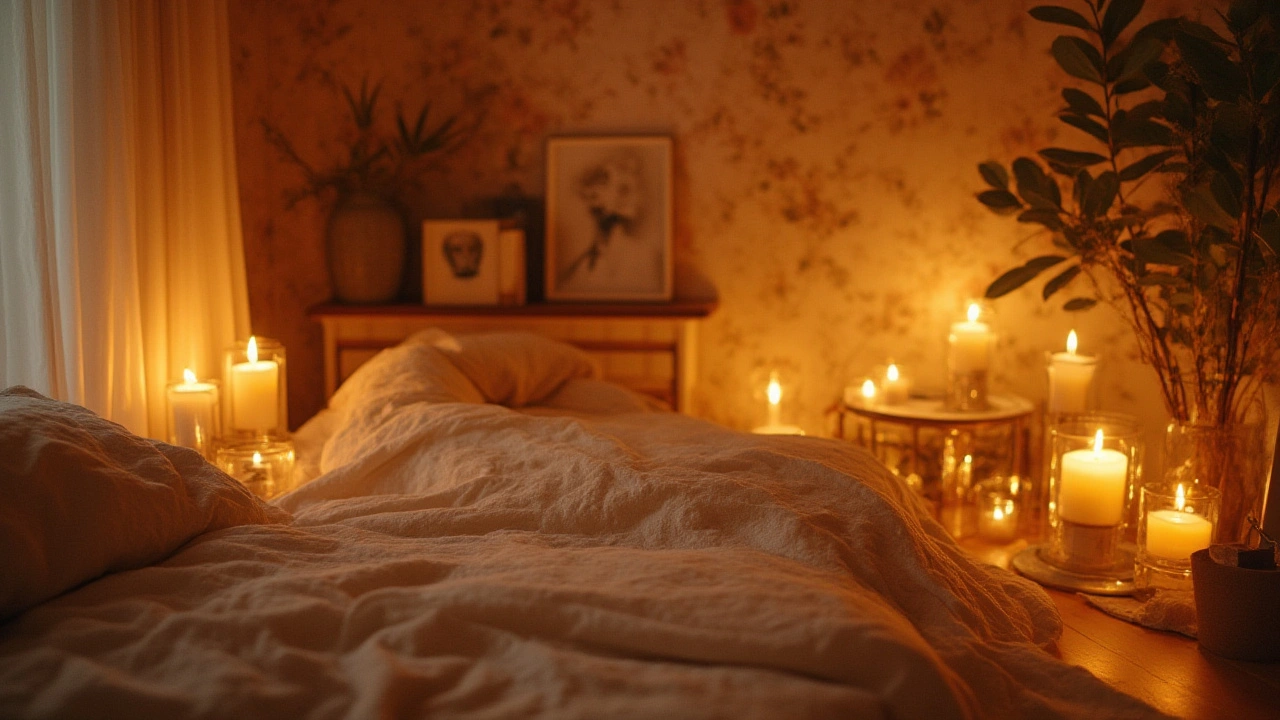Ancient Massage Techniques: What They Are and Why They Still Matter
If you think massage is all about modern spa music and slick oils, think again. Techniques that originated centuries ago—like Thai yoga massage, Japanese Shiatsu, and Hawaiian Lomi Lomi—still deliver some of the deepest relaxation you can find. They’re built on simple ideas: move the body, release tension, and respect the flow of energy. Today’s therapists blend these old‑school moves with today’s hygiene standards, so you get the best of both worlds.
What Makes Ancient Techniques Different?
First, the focus isn’t just on muscles. Practices such as Thai massage treat the body as a series of lines called "sen" that carry vital energy. A therapist will stretch, press, and rock you along those lines, which feels more like a gentle workout than a typical Swedish rub. Shiatsu, on the other hand, uses finger pressure on specific points to balance the body’s internal systems. The result is a calm mind and a body that feels less "stuck."
Second, the rhythm is slower and more deliberate. Instead of a fast‑paced back‑and‑forth, you’ll experience long, sustained holds that let tension melt away. This slower pace often triggers a deeper parasympathetic response, the part of your nervous system that helps you unwind and heal.
Finally, many ancient styles incorporate breath work. In Thai massage, you’ll be guided to breathe in sync with the stretches, which amplifies the release of tightness. It’s a simple tool, but it turns a regular session into a mini meditation.
How to Experience Ancient Massage Today
Finding a qualified practitioner is easier than you think. Look for therapists who list certifications in Thai, Shiatsu, or Lomi Lomi on their profiles. Many cities have clinics that specialize in traditional bodywork, and you can often filter by "ancient" or "traditional" on directories.
Before you book, ask a few practical questions: How many years of experience do they have with the specific technique? Do they use clean linens and follow modern hygiene standards? What should you wear? Most ancient styles are done fully clothed or with loose wraps, so there’s no need to be nervous about nudity.
During the session, stay relaxed and communicate. If a stretch feels too intense, tell the therapist to ease up. The goal is comfort, not pain. Afterward, drink water and give your body a little time to adjust. You might feel sleepy, light, or even a bit emotional—those are common signs the ancient methods have done their work.
Want to try it at home? Simple self‑massage moves inspired by these traditions can help. For a basic Thai stretch, sit cross‑legged, place one hand on the opposite knee, and gently press while breathing in. Hold for 30 seconds, then switch sides. It’s a tiny taste of the full experience and can keep tension at bay between professional sessions.
Bottom line: ancient massage techniques aren’t museum pieces; they’re living practices that still give serious stress relief, improved flexibility, and a calmer mind. Whether you book a full session or try a quick self‑stretch, you’re tapping into centuries of body wisdom that still works today.

Lingam Massage London Guide: Ancient Relaxation for Modern Wellness
Discover Lingam massage in London. Learn about its origins, benefits, session insights, where to book, and safety tips for a unique relaxation experience.
view more